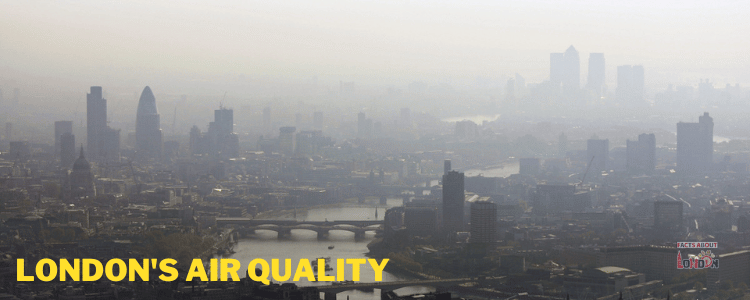London, with its bustling streets and iconic landmarks, is a city of contrasts. Alongside its vibrant energy, it grapples with air quality concerns and pollution levels that have garnered attention worldwide. In this blog post, we’ll delve into the complexities of London’s air quality, exploring the factors contributing to pollution, its impact on health, and the measures being taken to address this critical issue.
The State of Air Quality in London:
London’s air quality is a topic of concern due to several factors:
Traffic Emissions: The dense urban traffic contributes significantly to air pollution. Exhaust fumes from vehicles release harmful pollutants like nitrogen dioxide (NO2) and particulate matter (PM).
Industrial Activity: While much of London’s heavy industry has moved out of the city, nearby industrial areas can still impact air quality, especially during peak production times.
Residential Heating: Wood-burning stoves and open fires in homes contribute to particulate pollution, especially in winter months.
Geographical Factors: London’s geography, with its relatively low-lying terrain, can trap pollutants, leading to the build-up of smog.
Impact on Health:
Respiratory Issues: Poor air quality can exacerbate existing respiratory conditions like asthma and bronchitis and may lead to the development of new conditions.
Cardiovascular Problems: Long-term exposure to air pollution can increase the risk of heart attacks and strokes.
Reduced Lung Function: Children growing up in areas with high pollution levels may experience reduced lung development.
Mental Health Effects: Some studies suggest a link between air pollution and mental health issues, including depression and anxiety.
Measures to Improve Air Quality:
Low Emission Zones: London has implemented Low Emission Zones (LEZ) where vehicles that do not meet certain emission standards are restricted.
Congestion Charging: The congestion charge aims to reduce traffic in central London, thereby decreasing emissions.
Promotion of Public Transport: Investments in public transport, cycling infrastructure, and pedestrian-friendly initiatives encourage alternative modes of transportation.
Green Spaces and Urban Planning: The promotion of green spaces and trees helps absorb pollutants and improve overall air quality.
Conclusion:
London’s battle with air quality and pollution is a complex issue that requires concerted efforts from residents, policymakers, and industries alike. While significant strides have been made, ongoing initiatives and collective action are necessary to ensure a cleaner, healthier future for the city and its inhabitants. By raising awareness and implementing sustainable practices, we can all contribute to the improvement of London’s air quality.

Author: Jon Tabner
Hi! I’m Jon Tabner, I am a Graphic Designer, Blogger and Marketing Executive in profession. Exploring new things, innovation and designing is my passion. Now working as head of Graphic Designing & Marketing Executive team at Print In London and currently I am based in London. I love using my design knowledge to inspire small businesses to think outside the box when designing their print.

